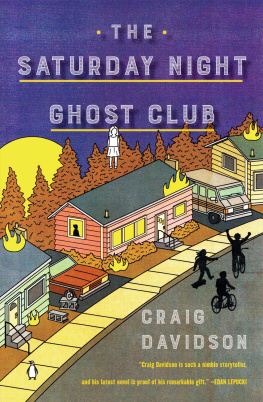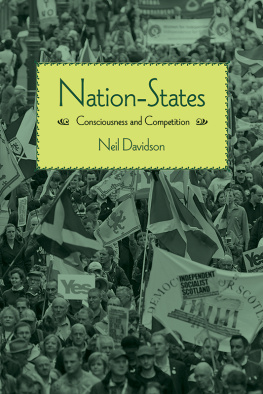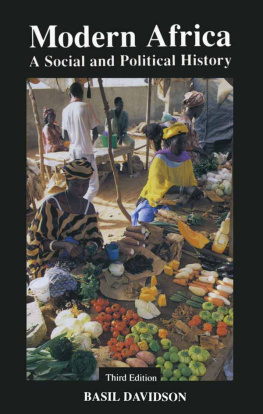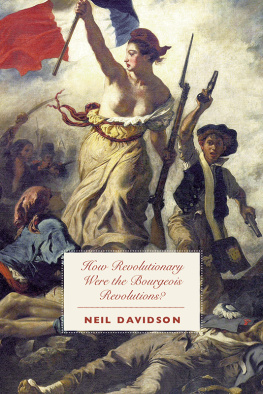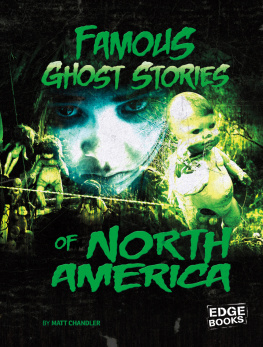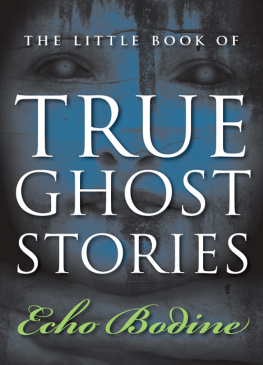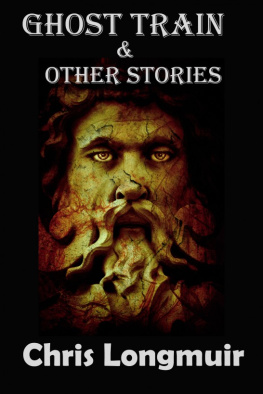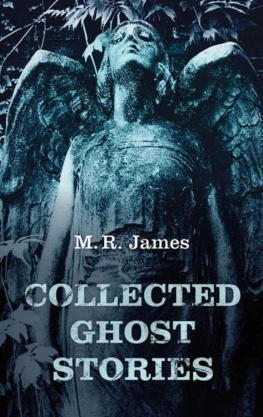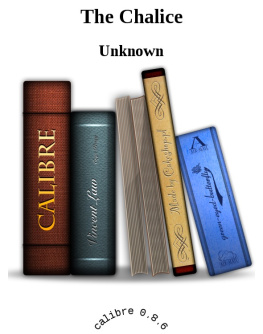Davidson - The Saturday Night Ghost Club
Here you can read online Davidson - The Saturday Night Ghost Club full text of the book (entire story) in english for free. Download pdf and epub, get meaning, cover and reviews about this ebook. City: Niagara Falls (Ont.);Ontario;Niagara Falls, year: 2019, publisher: Penguin Publishing Group, genre: Detective and thriller. Description of the work, (preface) as well as reviews are available. Best literature library LitArk.com created for fans of good reading and offers a wide selection of genres:
Romance novel
Science fiction
Adventure
Detective
Science
History
Home and family
Prose
Art
Politics
Computer
Non-fiction
Religion
Business
Children
Humor
Choose a favorite category and find really read worthwhile books. Enjoy immersion in the world of imagination, feel the emotions of the characters or learn something new for yourself, make an fascinating discovery.
- Book:The Saturday Night Ghost Club
- Author:
- Publisher:Penguin Publishing Group
- Genre:
- Year:2019
- City:Niagara Falls (Ont.);Ontario;Niagara Falls
- Rating:5 / 5
- Favourites:Add to favourites
- Your mark:
- 100
- 1
- 2
- 3
- 4
- 5
The Saturday Night Ghost Club: summary, description and annotation
We offer to read an annotation, description, summary or preface (depends on what the author of the book "The Saturday Night Ghost Club" wrote himself). If you haven't found the necessary information about the book — write in the comments, we will try to find it.
The Saturday Night Ghost Club — read online for free the complete book (whole text) full work
Below is the text of the book, divided by pages. System saving the place of the last page read, allows you to conveniently read the book "The Saturday Night Ghost Club" online for free, without having to search again every time where you left off. Put a bookmark, and you can go to the page where you finished reading at any time.
Font size:
Interval:
Bookmark:
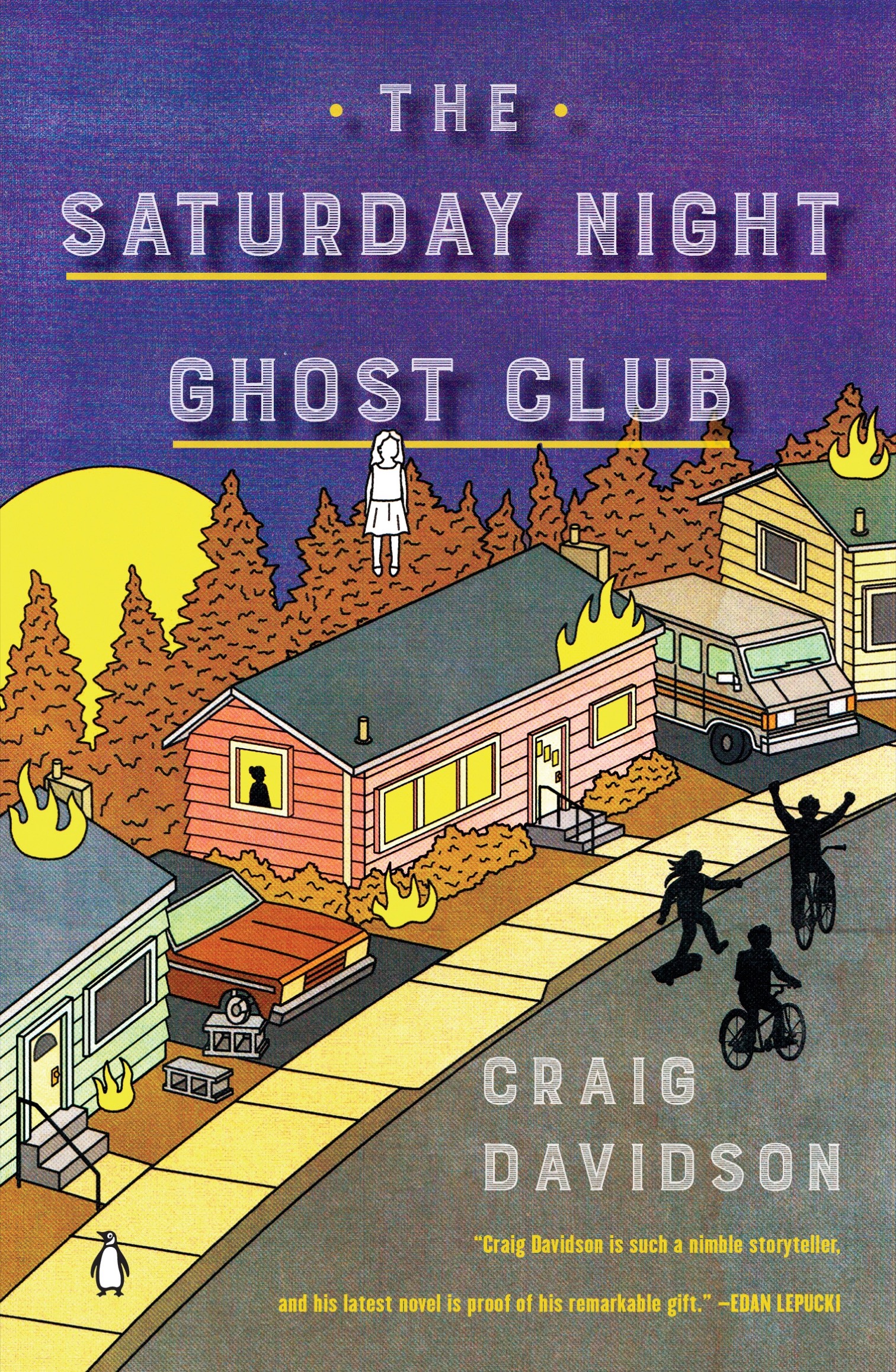
PRAISE FOR
The Saturday Night Ghost Club
Davidson makes beautifully clear how the ghoulish tales we feared when we were young cant compare to the blood-bathed teeth we eventually encounter as adults. The Saturday Night Ghost Club is a tale for those who like their Stranger Things spiked, Stand by Me charred, and who are battered enough yet still brave enough to revisit that moment when made-up horrors finally come to root in a world beyond invention.
Mark Z. Danielewski, bestselling author of House of Leaves
The Saturday Night Ghost Club is not only creepy and chills-down-your-spine fun, its also incredibly poignant and heartwarming. This is a tender coming-of-age story that isnt afraid to face the darkness in the world or meditate on the power of memory and the mysteries of the human brain. Craig Davidson is such a nimble storyteller and his latest novel is proof of his remarkable gift.
Edan Lepucki, New York Times bestselling author of California and Woman No. 17
A delightfully creepy tale of misfits and misadventures, The Saturday Night Ghost Club perfectly captures the ache and wonder of growing up. In this trim, accomplished novel, Craig Davidson sheds brilliant light on the ways that scary stories can not only make us shudder, but can also lead us down unexpected paths and foster our most meaningful connections.
Matthew Sullivan, author of Midnight at the Bright Ideas Bookstore
A moving, delightful, thrillingly unexpected coming-of-age story about the irresistible collision of childhoods dark wonders and adulthoods haunting mysteries.
Elan Mastai, author of All Our Wrong Todays
PENGUIN BOOKS
THE SATURDAY NIGHT GHOST CLUB
Craig Davidson has published four previous books of literary fiction: Rust and Bone, which was made into a Golden Globenominated feature film, The Fighter, Sarah Court, and the Scotiabank Giller Prizenominated Cataract City. Davidson is a graduate of the Iowa Writers Workshop, and his articles and journalism have been published in Esquire, GQ, and The Washington Post, among other places. He lives in Toronto, Canada, with his partner and their child.

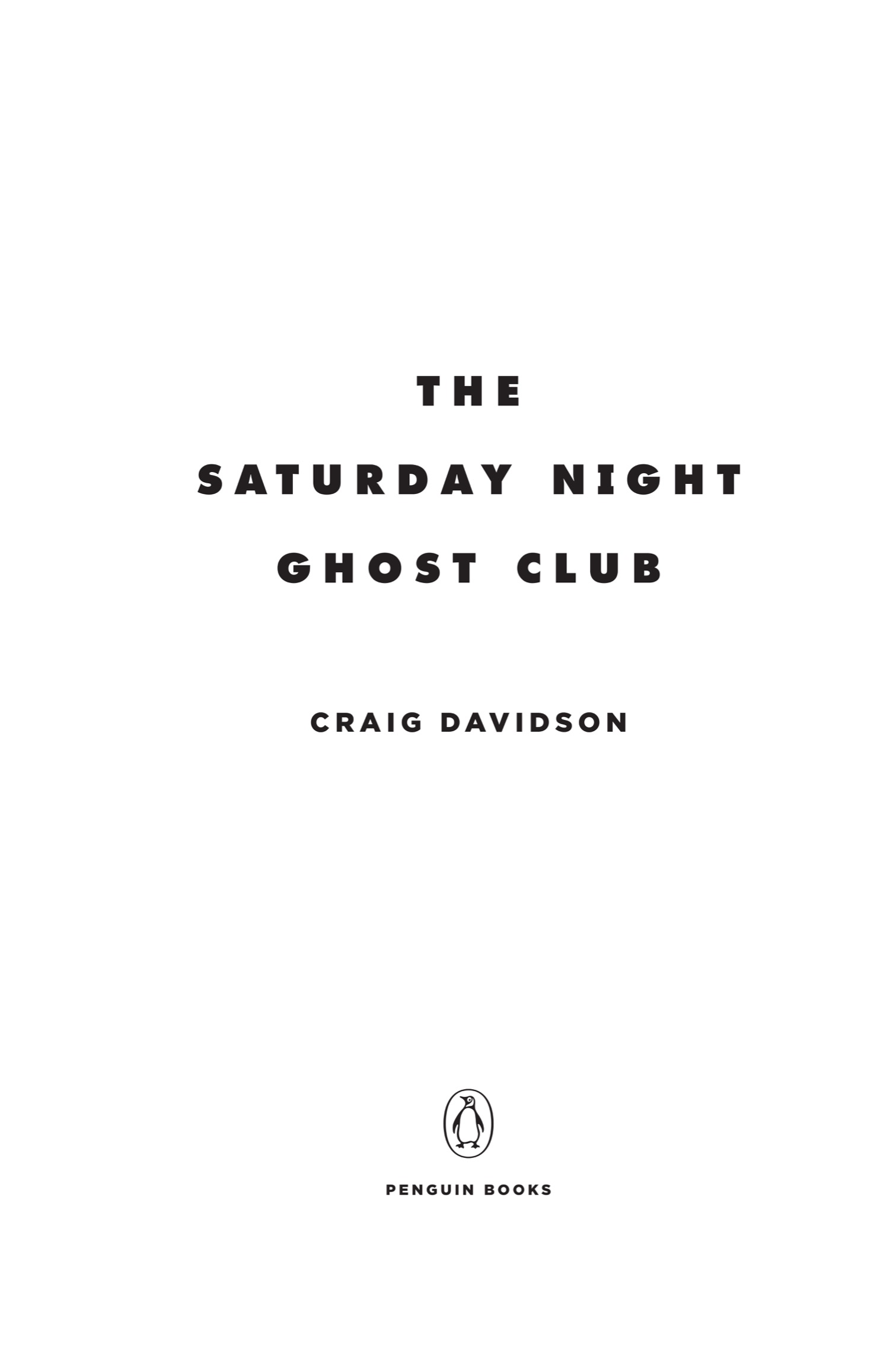
PENGUIN BOOKS
An imprint of Penguin Random House LLC
penguinrandomhouse.com
First published in Canada by Alfred A. Knopf Canada, a division of Penguin Random House Canada Limited, 2018
Published in Penguin Books 2019
Copyright 2018 by Craig Davidson
Penguin supports copyright. Copyright fuels creativity, encourages diverse voices, promotes free speech, and creates a vibrant culture. Thank you for buying an authorized edition of this book and for complying with copyright laws by not reproducing, scanning, or distributing any part of it in any form without permission. You are supporting writers and allowing Penguin to continue to publish books for every reader.
The Brain from Poems by Emily Dickinson, Third Series, edited by Mabel Loomis Todd, published by Roberts Brothers, Boston, 1896.
LIBRARY OF CON GRESS CATALOGING-IN- PUBLICATION DATA
Names: Davidson, Craig, 1976- author.
Title: The Saturday Night Ghost Club : a novel / Craig Davidson.
Description: New York : Penguin Books, 2019.
Identifiers: LCCN 2019001339 (print) | LCCN 2019003051 (ebook) | ISBN 9780525505723 (ebook) | ISBN 9780143133933 (paperback)
Subjects: | BISAC: FICTION / Coming of Age. | FICTION / Ghost. | GSAFD: Bildungsromans. | Ghost stories.
Classification: LCC PR9199.4.D383 (ebook) | LCC PR9199.4.D383 S38 2019 (print) | DDC 813/.6--dc23
LC record available at https://lccn.loc.gov/2019001339
This is a work of fiction. Names, characters, places, and incidents either are the product of the authors imagination or are used fictitiously, and any resemblance to actual persons, living or dead, businesses, companies, events, or locales is entirely coincidental.
Cover design: Paul Buckley
Cover art: George Wylesol
Version_1
To Nicholas, With all the love in my body.
The brain is wider than the sky,
For, put them side by side,
The one the other will include
With ease, and you beside.
The brain is deeper than the sea,
For, hold them, blue to blue,
The one the other will absorb,
As sponges, buckets do.
The brain is just the weight of God,
For, lift them, pound for pound,
And they will differ, if they do,
As syllable from sound.
Emily Dickinson
Memory is another word for story, and nothing is more unreliable.
Ann-Marie MacDonald,
Fall on Your Knees
Most people believe the human brain is solid. They imagine a loaf of bread soaked in gelatin: you can hack off quivering slices, same as you would with a Jell-O mold at a family picnic. But the truth is, the brains texture is more like toothpaste. Brain matter will squeeze through a keyhole. In cases of severe cranial swelling, surgeons use a drillI prefer the RA-II, a Korean model: 30,000 rpm, with silicone handgrips for comfortto bore into the skull. If the swelling cannot be stopped, the living brain will project from the hole in an inverted funnel. This is called a coning, and it marks an end.
Most people also believe the brain is gray. Its cells are called gray matter, after all, and isnt that how the organ looks in horror flicks: a slaty walnut floating in a jar of formaldehyde in some mad scientists lab? But a sheathed brain is bracingly pink. The tissue only turns gray once the cerebrospinal sac has been perforated, once the air hits it. When a brain cones, the tissue changes color; traceries of ash thread through that bubblegum pink as a million thoughts flicker and die.
People think neurosurgeons cut into brains with a scalpel. Another myth. How can you carve toothpaste? An infants brain matter is even less substantial than an adults, like pancake batter. I operate with a sucker wand, a tool that is exactly as it sounds. As I investigate the runnels of a patients brain, it grips me that something unforgivingly solidmy wandis moving through something ephemeral, dreamlike: a patients memories. Though I work carefully and with a keen knowledge of the cerebral topography, my wand remains a beast blundering through fields of budding shoots. If I trample something critical, the patient may awaken lacking a vital memory. That one where they gazed into the sky as a child wondering how a star might taste, settling on breathtaking wintergreen. The smell of their newborn daughters scalp, or that haunting tingle on their lips following their first kiss.
I navigate the storerooms of a patients consciousness, passing memories in their golden vaults, my wand clumsily bayonetingit often seemsthe pink jelly that holds everything the patient is or will ever be. Hard as I try not to disturb the furniture, things happen. I am forced to accept these tragic outcomes for the same reason that the patients on my table must accept their own lot: we are only human, a condition of perpetual uncertainty and failure.
The brain is the seat of memory, and memory is a tricky thing. At base level, memories are storiesand sometimes these stories we tell allow us to carry on. Sometimes stories are the best we can hope for. They help us to simply get by, while deeper levels of our consciousness slap bandages on wounds that hold the power to wreck us. So we tell ourselves that the people we love closed their eyes and slipped painlessly away from us. That our personal failures are the product of external forces rather than unfixable weaknesses. That we were too damn good for the rat-assed bastards who jilted us, anyway. Tell yourself these stories long enough and you will discover they have a magical way of becoming facts.
Font size:
Interval:
Bookmark:
Similar books «The Saturday Night Ghost Club»
Look at similar books to The Saturday Night Ghost Club. We have selected literature similar in name and meaning in the hope of providing readers with more options to find new, interesting, not yet read works.
Discussion, reviews of the book The Saturday Night Ghost Club and just readers' own opinions. Leave your comments, write what you think about the work, its meaning or the main characters. Specify what exactly you liked and what you didn't like, and why you think so.

